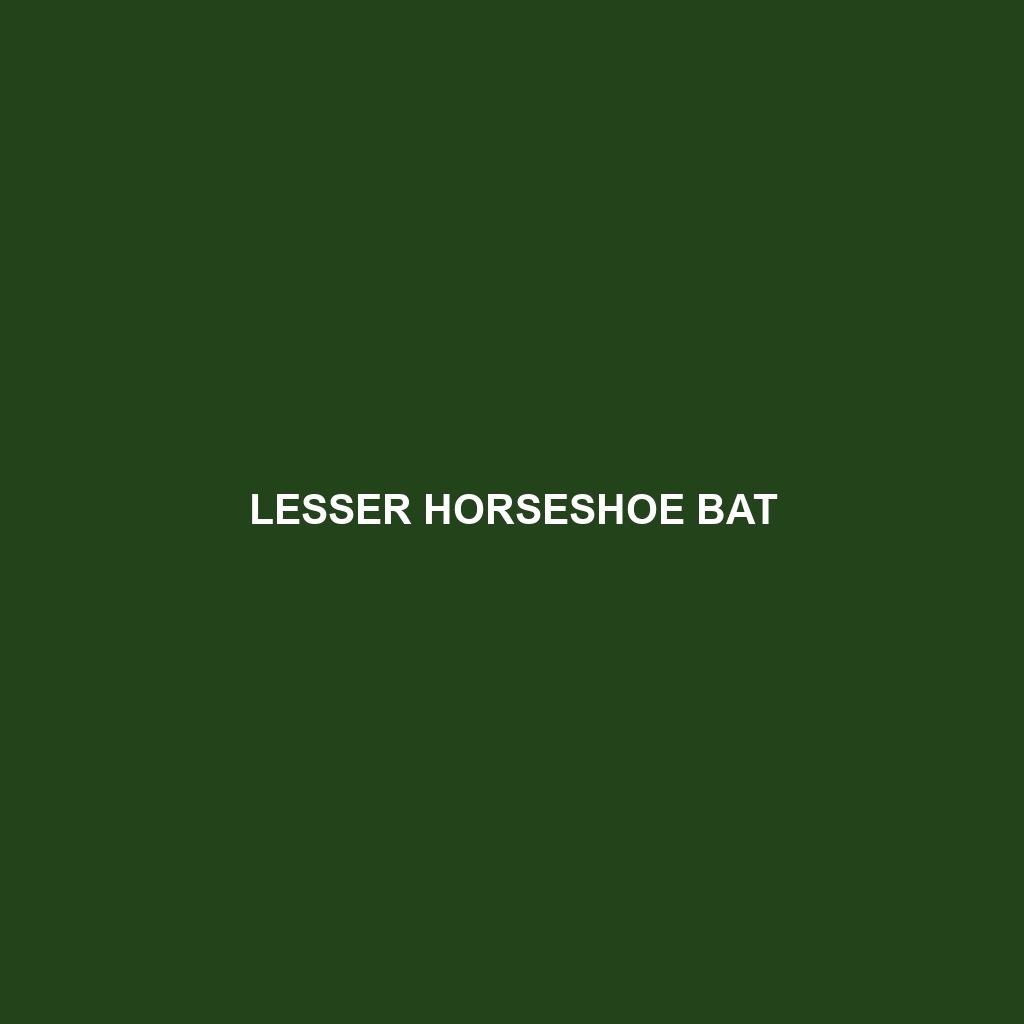Upland Horseshoe Bat: A Comprehensive Overview
Common Name: Upland Horseshoe Bat
Scientific Name: Rhinolophus meghalayaensis
Habitat
The Upland Horseshoe Bat primarily inhabits montane forests and subtropical regions across Asia, particularly in areas like northeastern India, Myanmar, and southern China. These bats prefer rugged mountainous terrains, which provide suitable roosting sites such as caves and tree hollows, making them an integral part of the local ecosystem.
Physical Characteristics
Measuring approximately 4-5 inches in length, the Upland Horseshoe Bat exhibits a distinctive appearance characterized by its rounded ears and a horseshoe-shaped structure on its nose. The fur is generally a mix of dark brown and light gray, with a lighter underbelly. Their wings are elongated, allowing them to navigate through dense forests efficiently.
Behavior
Upland Horseshoe Bats are primarily nocturnal, emerging at dusk to forage for insects. They are known for their characteristic echolocation calls, which assist them in hunting and navigating their environment. These bats exhibit social behaviors by roosting in groups, often in small colonies.
Diet
The diet of the Upland Horseshoe Bat mainly consists of moths, beetles, and other flying insects. Their foraging strategy involves hunting in densely vegetated areas where they utilize their keen sense of hearing and echolocation skills to track down prey. This insectivorous diet plays a crucial role in controlling insect populations.
Reproduction
Breeding typically occurs during the warmer months, with the Upland Horseshoe Bat giving birth to one or two offspring per season. After a gestation period of approximately two months, mothers return to communal roosts to raise their young, which become independent after about three weeks.
Conservation Status
The Upland Horseshoe Bat is currently listed as vulnerable due to habitat loss and degradation from deforestation and urban development. Conservation efforts are essential to protect their natural habitats and maintain population numbers.
Interesting Facts
Did you know that Upland Horseshoe Bats can consume up to 600 insects in a night? This remarkable feeding efficiency contributes significantly to local ecosystems. Additionally, these bats are known for their unique social structures, often seen grooming each other in their roosts.
Role in Ecosystem
The Upland Horseshoe Bat plays a vital role in its ecosystem by controlling insect populations, thereby aiding in ecological balance. Their pollination of certain plants and their interactions with various species highlight their importance in maintaining biodiversity.
This HTML format ensures that the species description is well-structured, informative, and optimized for search engines.
